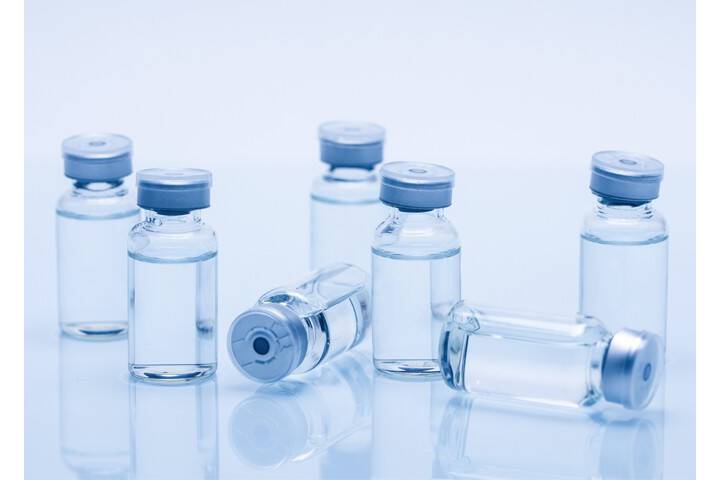
Creative Proteomics is an integrated CRO company committed to providing proteomics and metabolomics services. The Foodtest division is affiliated with Creative Proteomics, which aims to provide high-quality analytical services to customers in the academic, healthcare and food industries. These days, Foodtest division of Creative Proteomics has recently launched its fully-developed food microbiology testing service to ensure the safety and quality of food products, reducing the health risk to humans and the economic loss caused by foodborne outbreaks.
Microbiological testing of pathogens and spoilage bacteria is a key step to ensure food safety and quality, reduce human health risks and economic losses caused by foodborne disease outbreaks. Microbiological testing is used to ensure that raw materials and final products meet required specifications, identify risk factors or confirm compliance with regulations. The infectious dose of many harmful microorganisms is very low. It is necessary and important to have accurate and sensitive technologies and platforms to detect and quantify different types of microbial hazards in food samples.
“Creative Proteomics provides a variety of different services to meet the customers` need for food microbiology testing. We provide full analysis services including sample preparation and enrichment, the identification, detection, and quantification of target microorganisms, and data analysis. We have strong experience working with different regulations and standards of food microbiology testing.” said the senior scientist of Creative Proteomics.
There are many technologies or platforms that can be used to test food microbiological hazards. Effective testing of microorganisms requires analytical methods that meet challenging standards. The following are examples of commonly used techniques for food microbiology testing:
The standard method widely used to enumerate or detect microorganisms is a traditional culture-based method using conventional microorganism testing supplies. They are based on culturing microorganisms on agar plates or dried Petrifilms and then performing biochemical identification.
Conventional methods are the most reliable, accurate, and low-cost methods, but they are usually time-consuming and labor-intensive. In recent years, various fast and sensitive methods have been developed to overcome the limitations of conventional methods, and have been approved by regulatory agencies for use in the industry. Nucleic acid-based methods, such as polymerase chain reaction (PCR), can detect specific DNA or RNA sequences in target microorganisms. The gene of the target cell can be amplified with specific primers and further studied. Immunology-based methods are another quick option, and they are based on the interaction between antibodies and antigens. The target antigen (such as bacterial cells) in the food sample is combined with the immobilized primary antibody and can be used for subsequent fluorescence or colorimetric determination.
If you feel interested and want to learn more, please visit
About Creative Proteomics
Creative Proteomics, as an experienced proteomics, metabolomics, and bioinformatics services supplier, has been well equipped with advanced technologies, in order to meet the increasing needs from researchers and scientists in their proteomics and metabolomics related research.